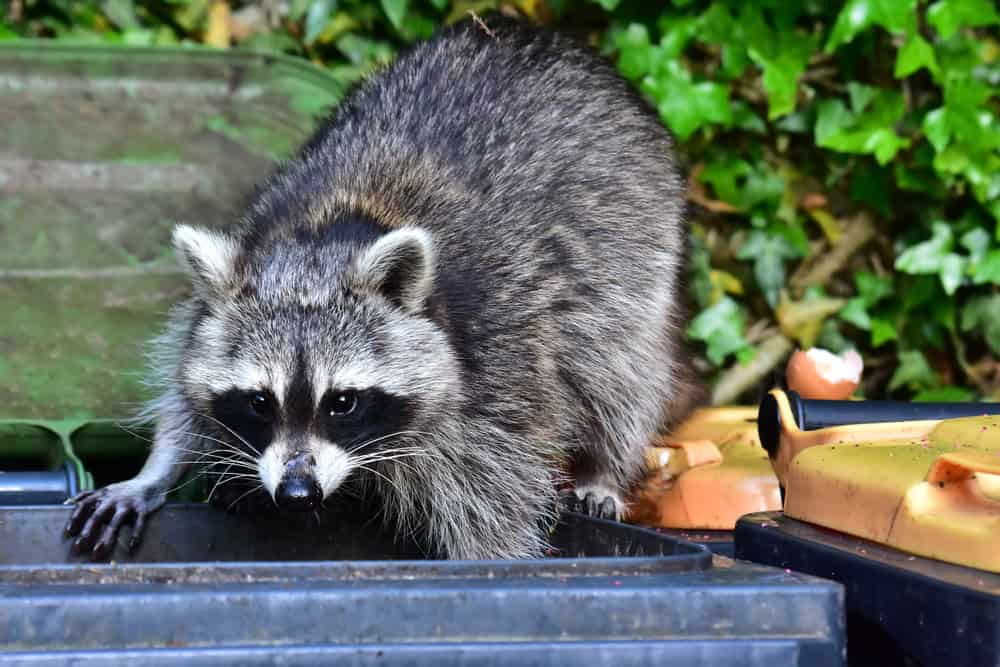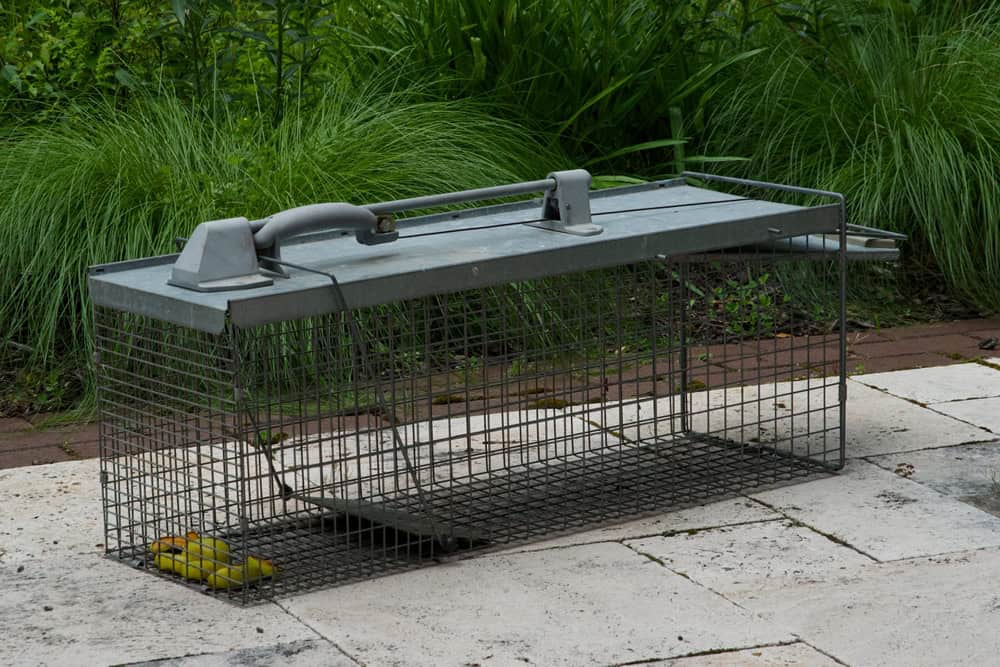Reviews

Your Local Raccoon Control in Camden County

Our Humane Raccoon Removal Process


Why Raccoon Control Matters
Raccoon control isn’t just about convenience-it’s about protecting your home and family. Raccoons can cause major damage and carry diseases that could affect your household. At 86 Pest and Wildlife Removal, we specialize in effective raccoon removal and prevention throughout Albion, Camden County, and NJ. Don’t wait for the problem to get worse-call 609-350-3158 today to schedule your raccoon removal service and keep your home safe!
Winslow Township is Camden County’s largest municipality at 58 square miles (150 km2). The township got its name from the son of a 19th-century glass factory owner, William Coffin Sr., who bought large tracts of timber in Camden County about six miles west of Hammonton and with his son-in-law in 1929. Thomas Jefferson Perce and William Coffin Jr., built the Winslow Glass Works (his second one in 12 years) in the midst of a thick pine forest. The community was named for Senior Coffin’s youngest son, Edward Winslow Coffin.
Winslow Township was incorporated in 1845 from the Township of Gloucester. The township’s very first meeting was held at Josiah Albertson’s Blue Anchor Inn which was located on what is now Route 73 in the vicinity of St Lucy’s Church. During its early years Winslow was known for its thriving glass business which developed as a result of the township’s abundant resources of timber, clay, and sand, though by the start of the 20th century the glass industry died throughout Winslow. During the early 20th century, Winslow’s population continued to grow until it peaked at a small 11,000 residents by the 1970s. During this time period the majority of Winslow residents were farmers. In 1965, Winslow township started to see an increase in population as the Atlantic City Expressway was completed with an interchange in Winslow at Williamstown Road. The proximity of the interchange drew developers towards the Sicklerville section of the township, where Levitt & Sons would build thousands of homes throughout the 1970s. Between 1970 and 1980, Winslow’s population nearly doubled to 20,000 residents.
As of 2006, 80% of the township currently sits in the Pinelands National Reserve, thus restricting future land development. Despite the restriction of development on the reserve, agricultural areas still persist in Winslow.
Learn more about Albion.